Agritourism
Jul 6 – Sep 14, 2024
Aga Beaupré, Ramona Güntert, Margaret Raspé, Scott Young, Ada Zielińska
curated by Natalia Grabowska
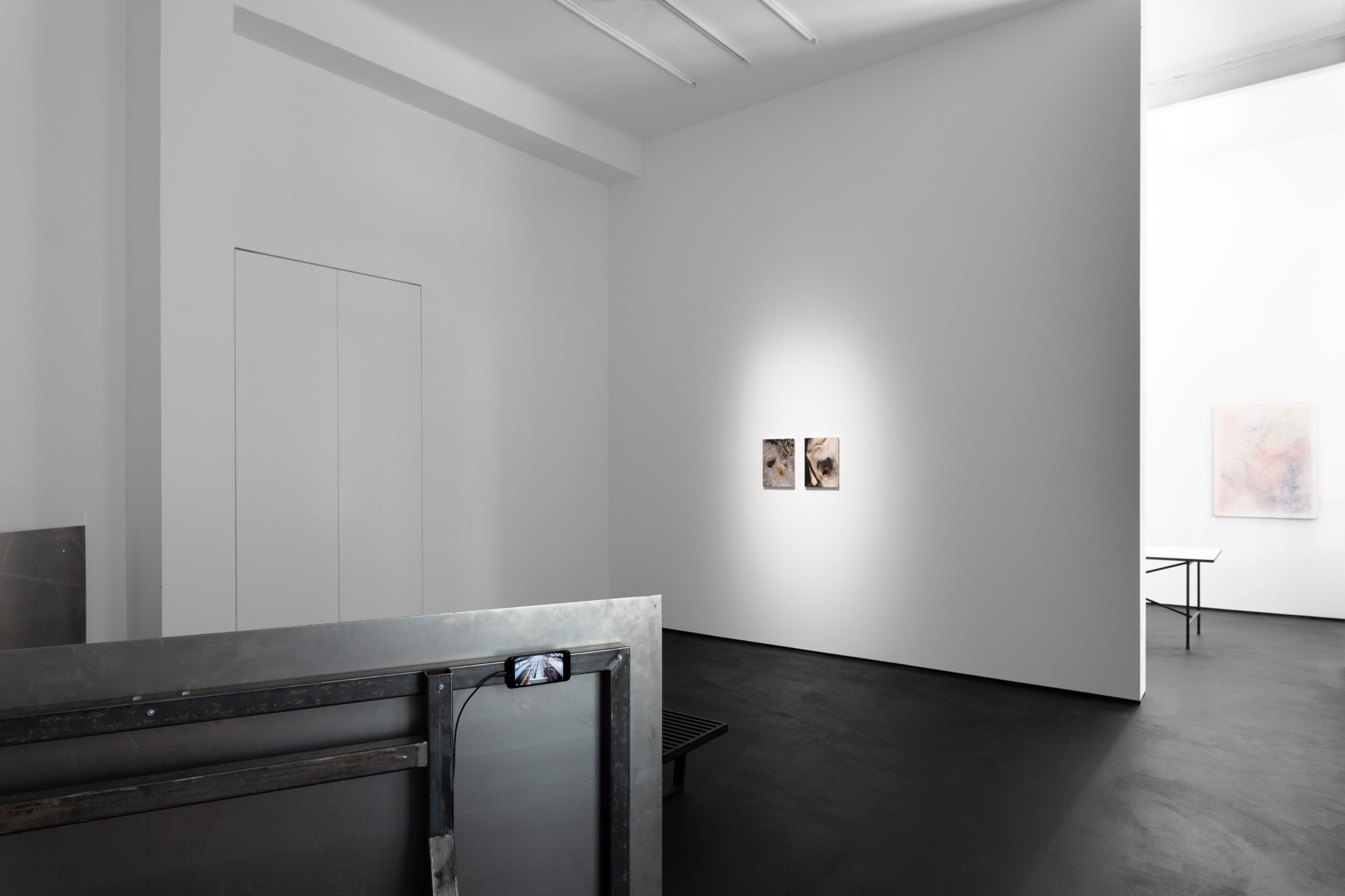
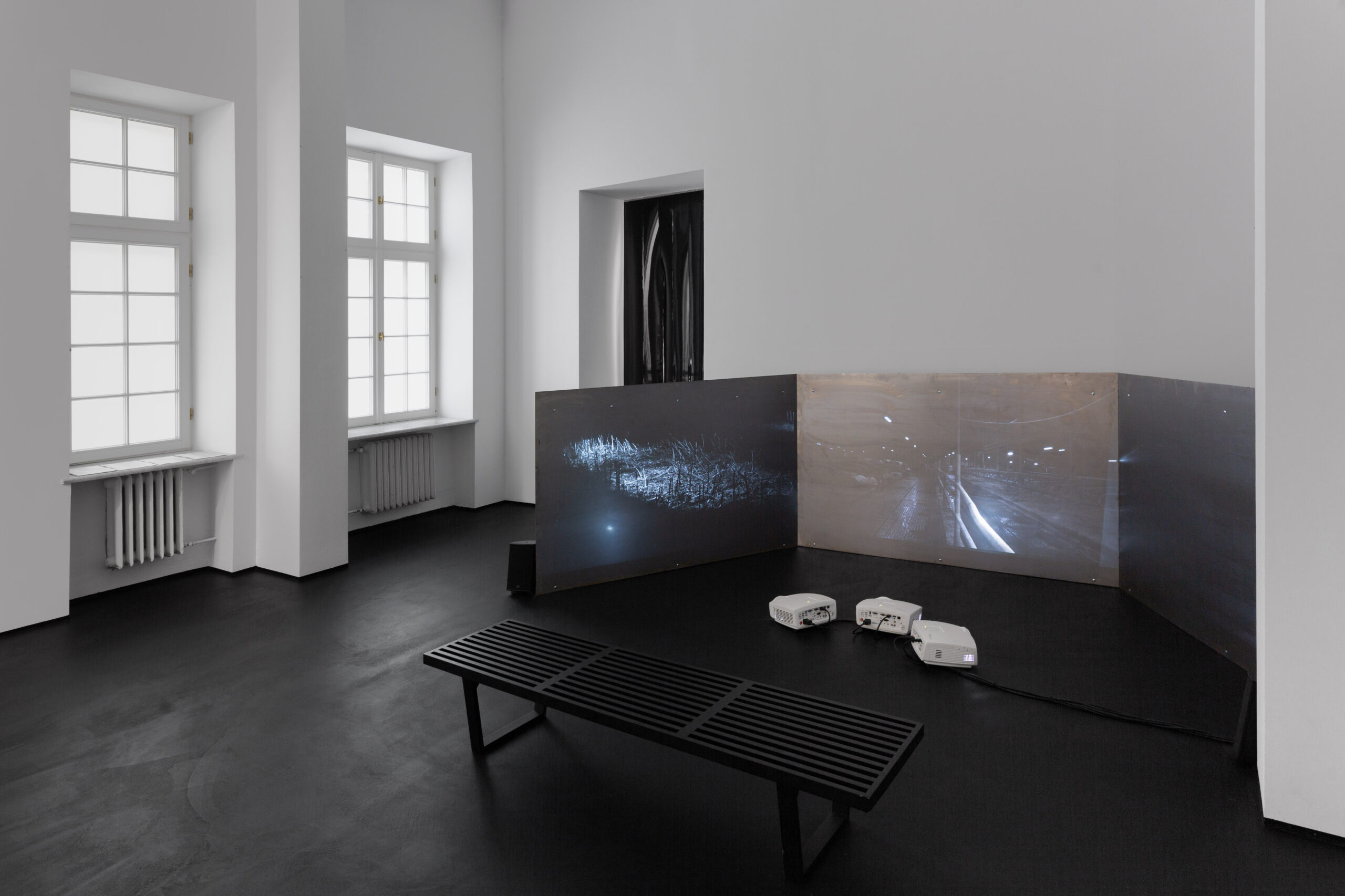

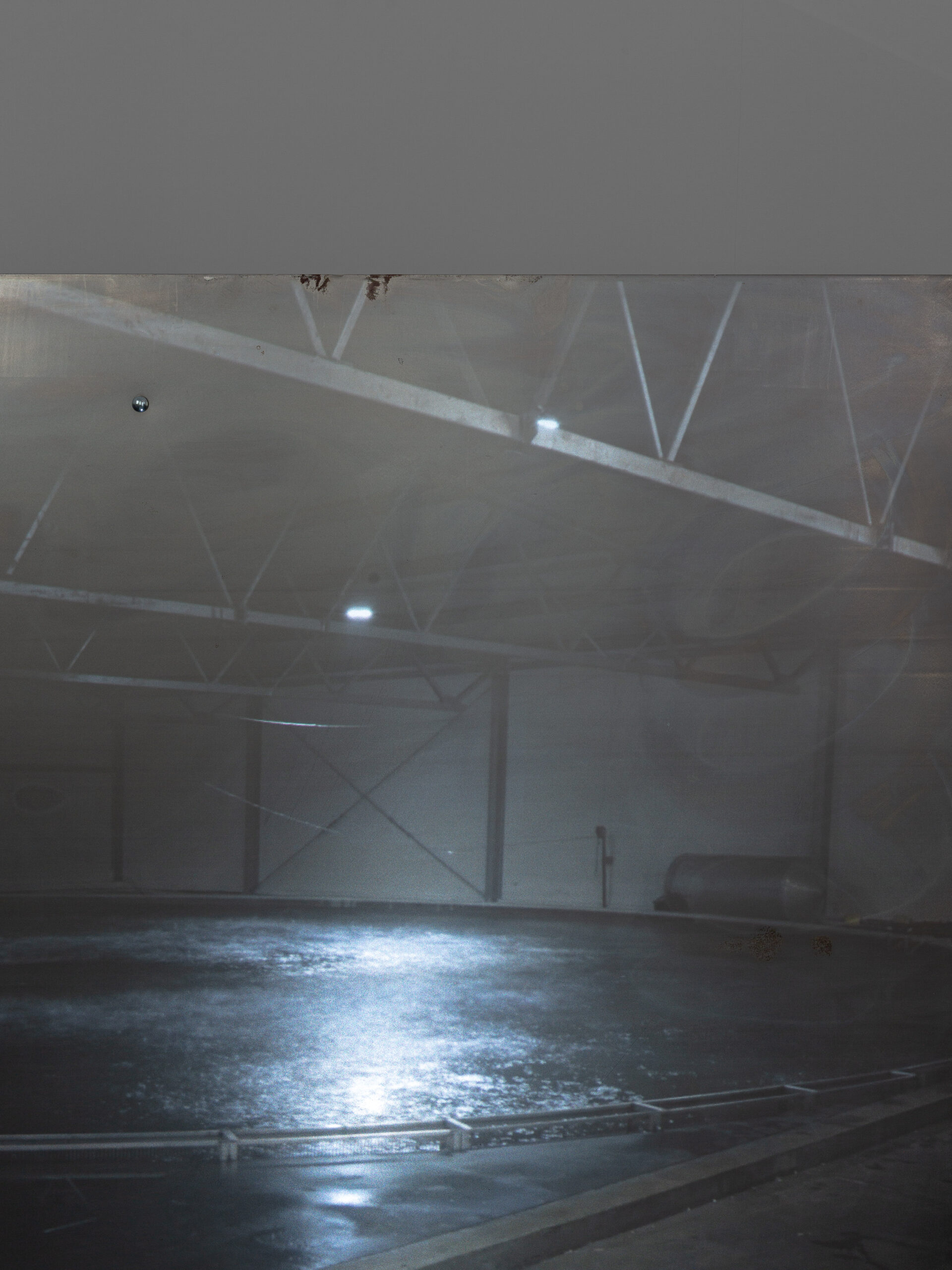

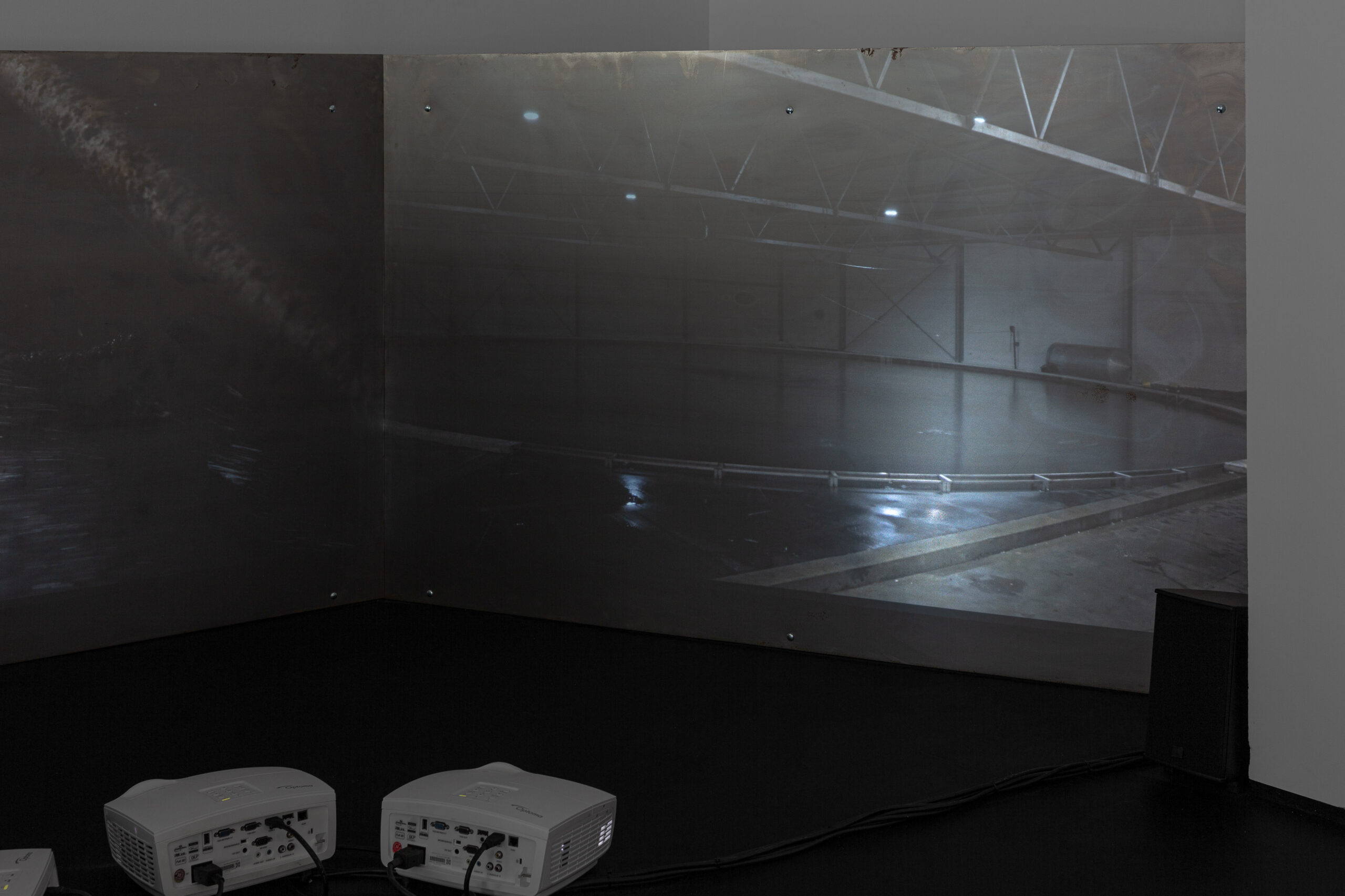
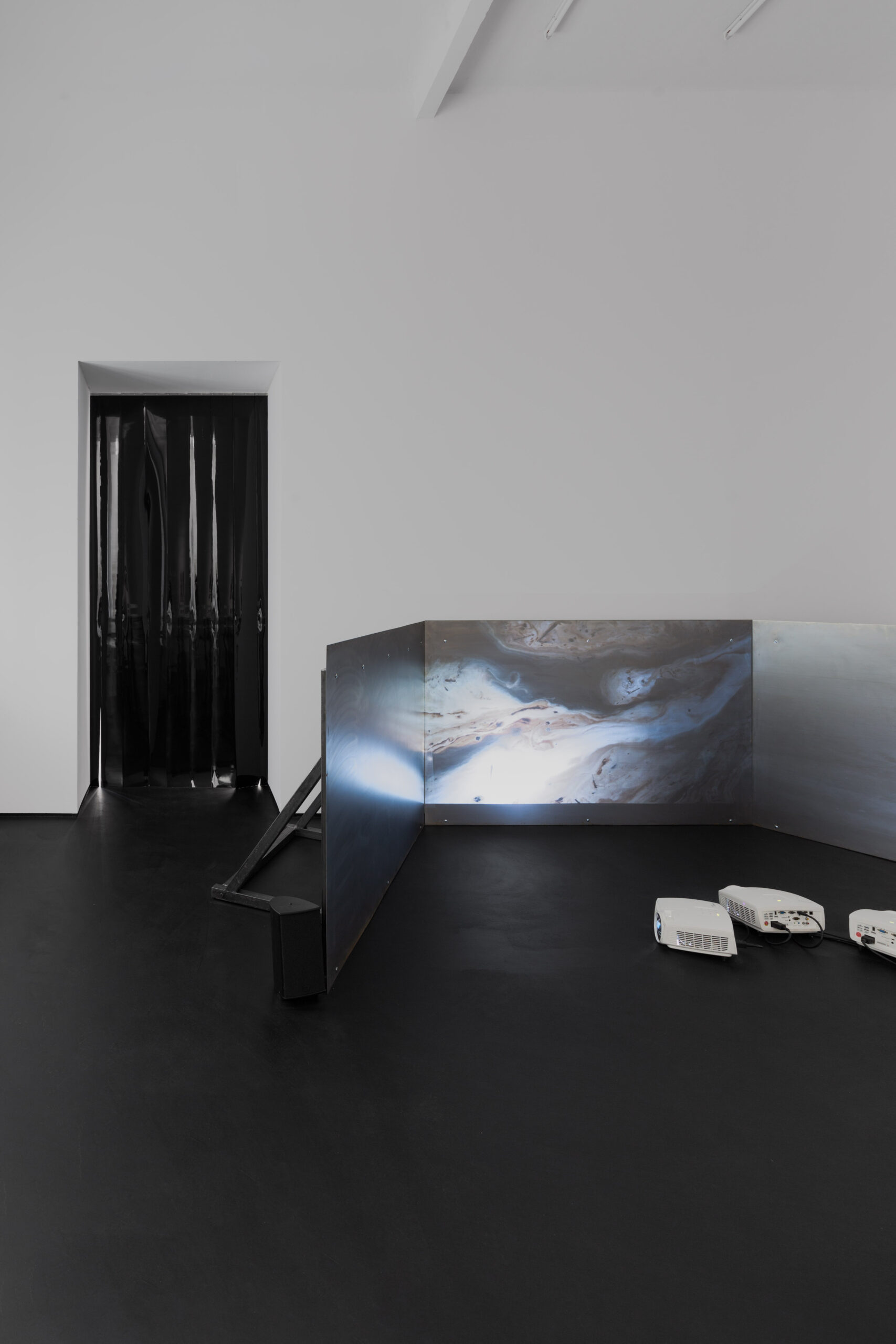
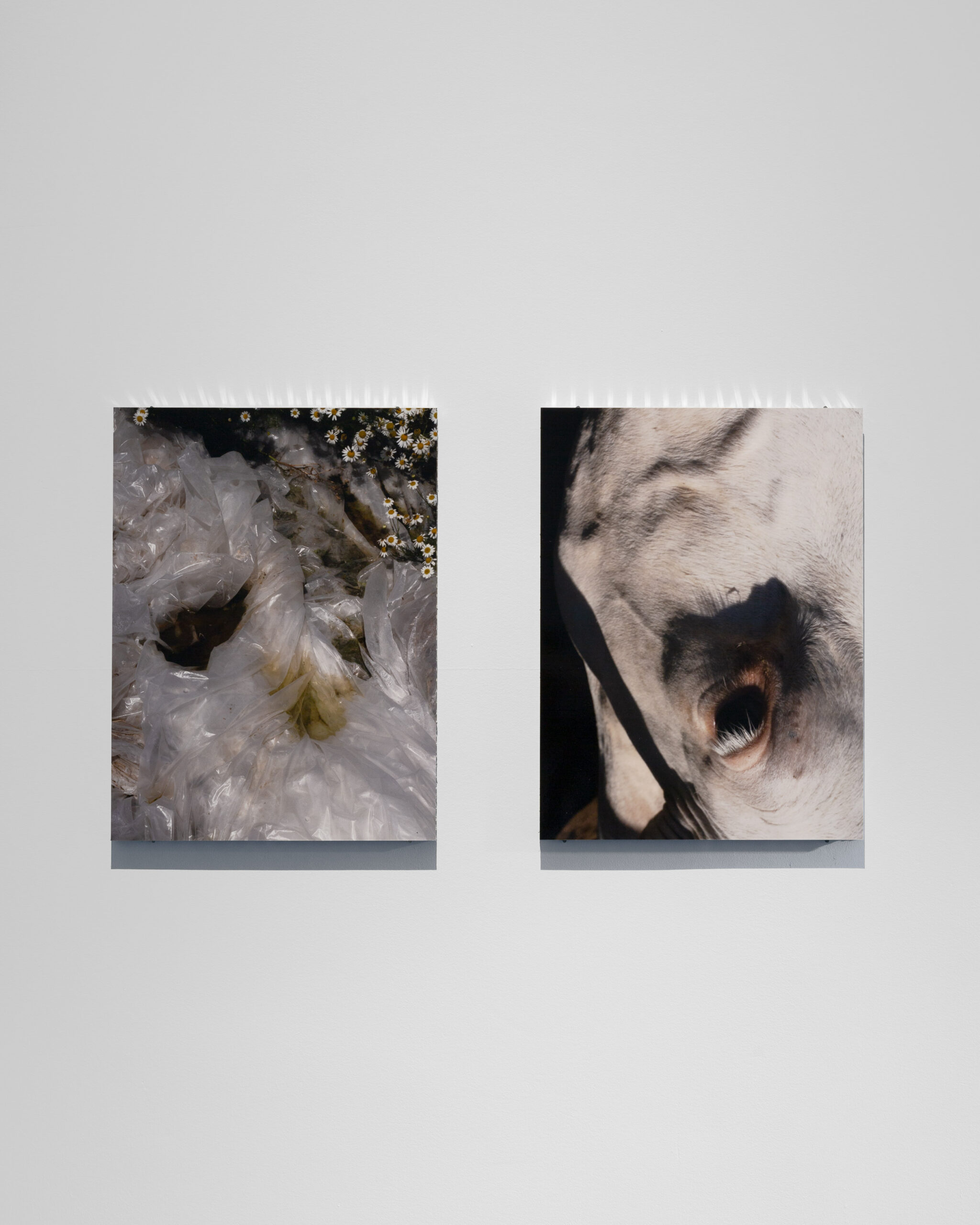

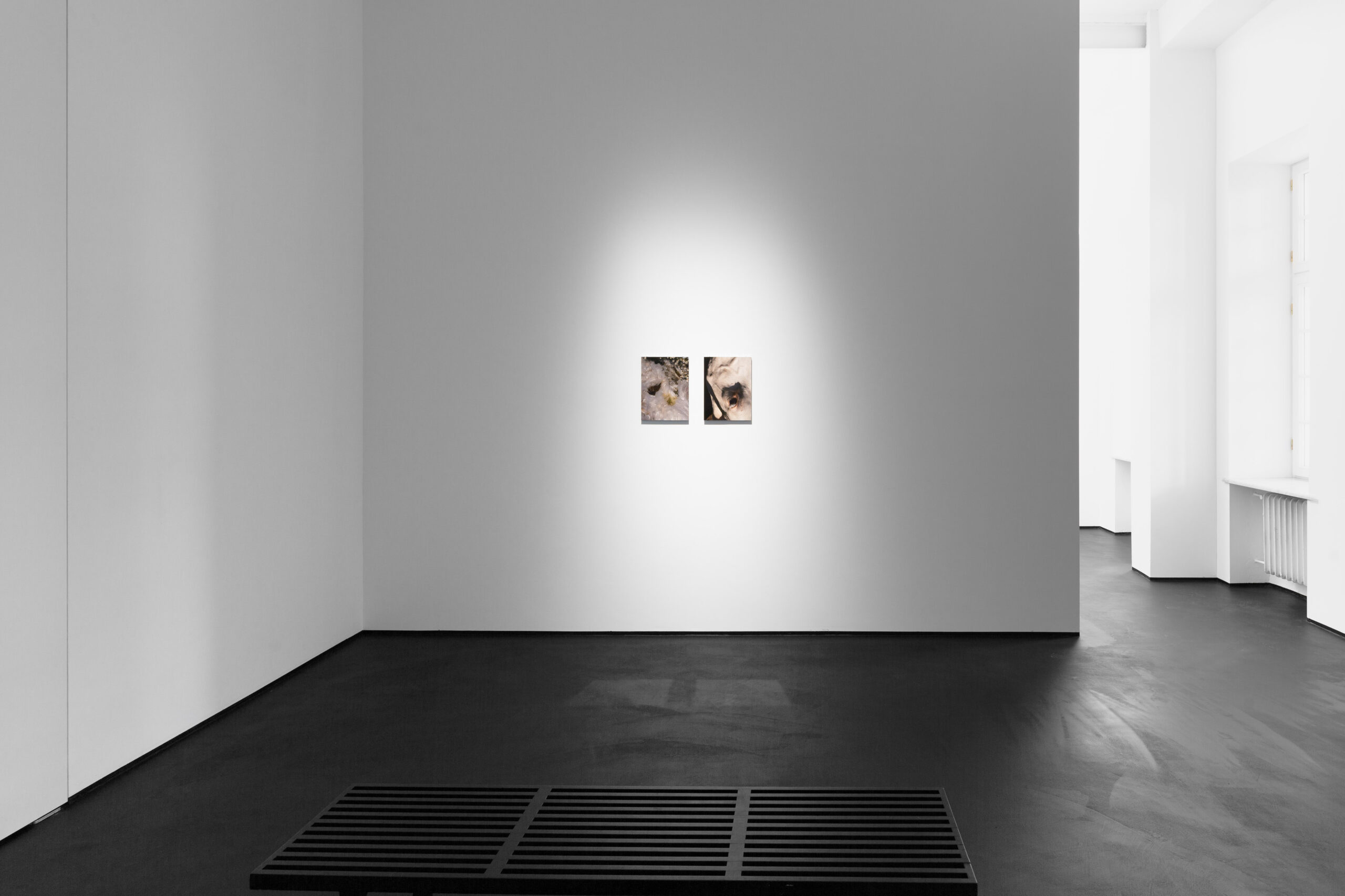
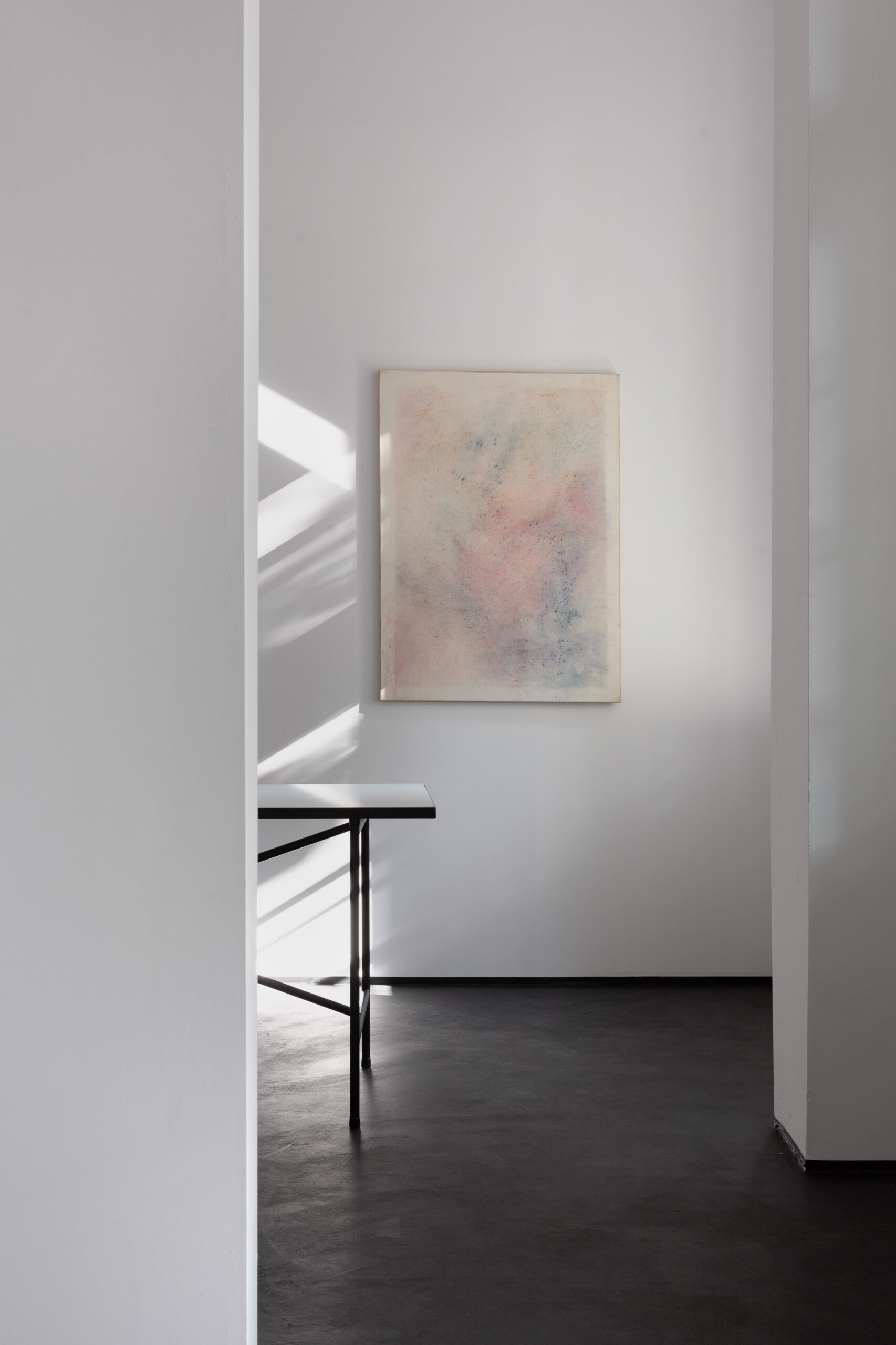
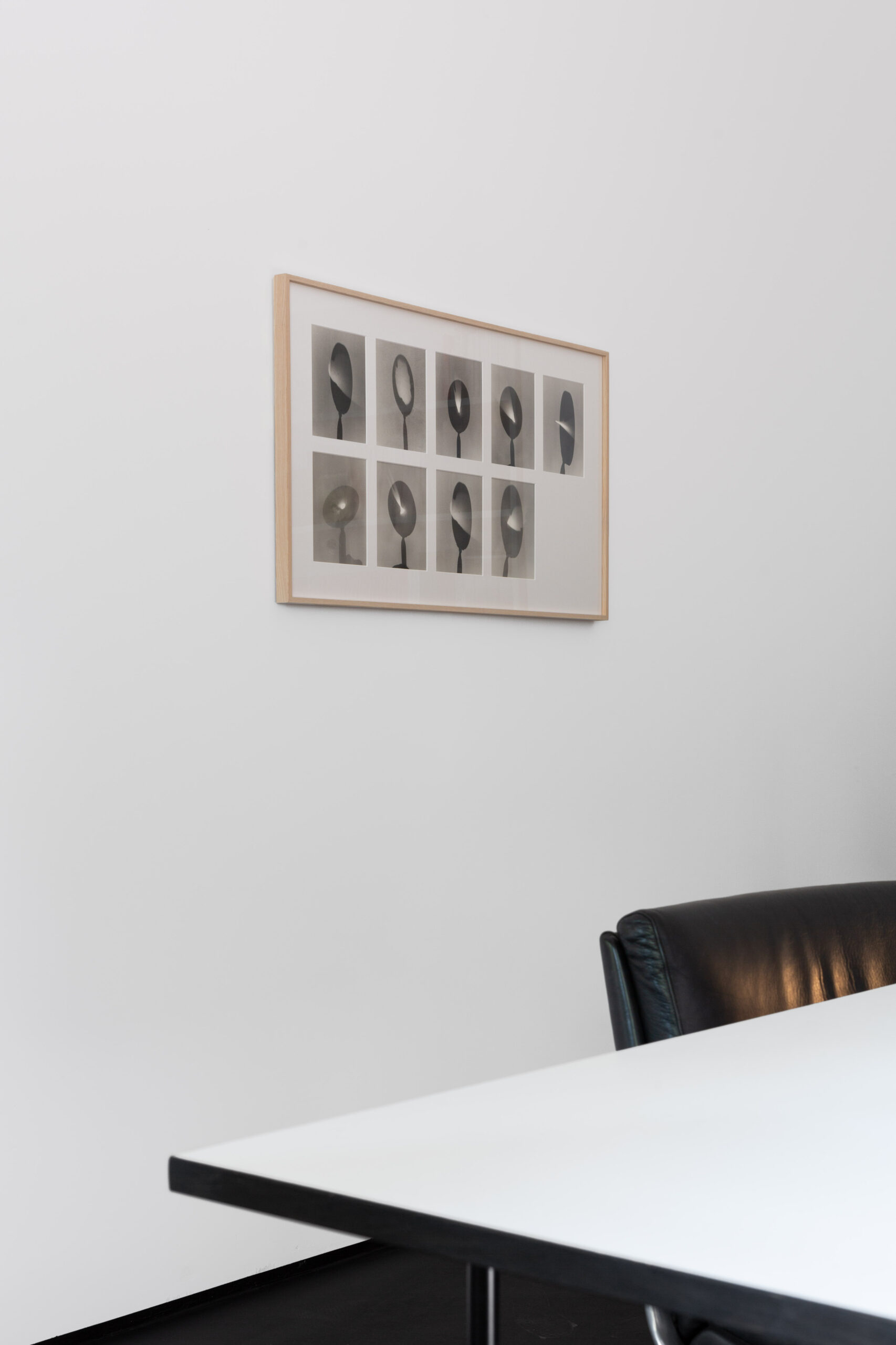
Agritourism
by Natalia Grabowska
The development of agriculture provided the surplus of food needed for humans to form and inhabit cities. Through the cultivation (exploitation) of and use (abuse) of natural resources, commodities were produced to sustain lives, needs and wants in large agglomerations. This process and cycle of growing and extracting from land in rural areas enabled the development of culture as it is commonly defined today – the human intellectual inventions, achievements and expressions in arts, humanities, music, literature, law and others. Intertwined from their very beginning, nature and culture order the world around us and choreograph our daily actions.
This exhibition brings together works that speak about our relationship with nature, culture and objects. Exploring the correlation between them and the human need to preserve, control, heal and destroy, the works in the show point towards different ways in which we order the environment around us – both natural and man-made – and highlight the fluidity of these terms. Through works in a variety of media, including painting, sculpture, video, photography and sound installations by artists from across generations, the exhibition presents the complex mechanical, extractive, artificial, organic and tender ways in which people interact, connect and construct the environment.
Examining practices of farming domesticated species, Aga Beaupré and Ramona Güntert have collaborated on Farma – a project that manifests in a video work, a series of photographs, sculptures and a publication. Beaupré has written a short story about the human apocalypse experienced by dairy cattle, on which the three-channel video work eden, eden, eden, 2024, presented here, is based. After the demise of mankind, the animals continue to exist in a rhythm introduced to them by humans – cattle plugged into the milking machines, blind fish swimming in a small tank in circles against the perpetual current. Güntert photographed farmed animals in the habitat into which they are forced by humans. The images of natural and man-made environments focus on their resemblances and similarities. The organic shapes of salt sculptures were made by cows, who are given salt licks to consume in order to maintain a normal appetite and body weight.
Two bodies of work by the German artist Margaret Raspé are included in the show – Kontinuum I, 1993/2023 and Regenbilder made in early 1970s. Working frequently with her body and technology as instruments for experiments, the artist was examining the correlation of the natural and artificial in her work. In Kontinuum I, six speakers are covered in honeycomb plasters, whose structure resembles pixels in early colour-television screens. The sound played through this sculptural installation is Raspé ‘overtone singing’ a series of sounds based on those made by the turning frequencies of planets Earth, Sun, Moon, Jupiter, Venus and Mars, adjusted to the human hearing range. In the early 1970s Raspé made a series of Regenbilder (Rain Pictures) – the artist sprinkled sheer dry pigments on canvases and left in the rain to record its movement, resulting in these abstract works.
Each in their unique ways and through different forms of expression, Scott Young and Ada Zielińska examine objects, their life cycles and the values associated with them. Continuing her preoccupation with destruction and rebirth, frequently through demolishing automobile parts and other valued objects, Zielińska has created a new series of photographs of dandelions being set on fire. This beautiful small act of vandalism is as innocent as it is sinister. The hand holding a lighter implies human destruction of the natural environment and exposes the absurdity of some of our actions.
Through different techniques imitating natural resources, Young highlights in his works our exploitative relationship with the natural environment. His site-specific installation includes an imitation marble at the entrance to the gallery and still-life paintings that depict objects and situations associated with modern-day travel.
The show’s title – Agritourism – nods towards a touristic approach that humans have taken towards the planet – building a world that suits only us, despite the harmful consequences for the natural habitat, of which we are inevitably part.
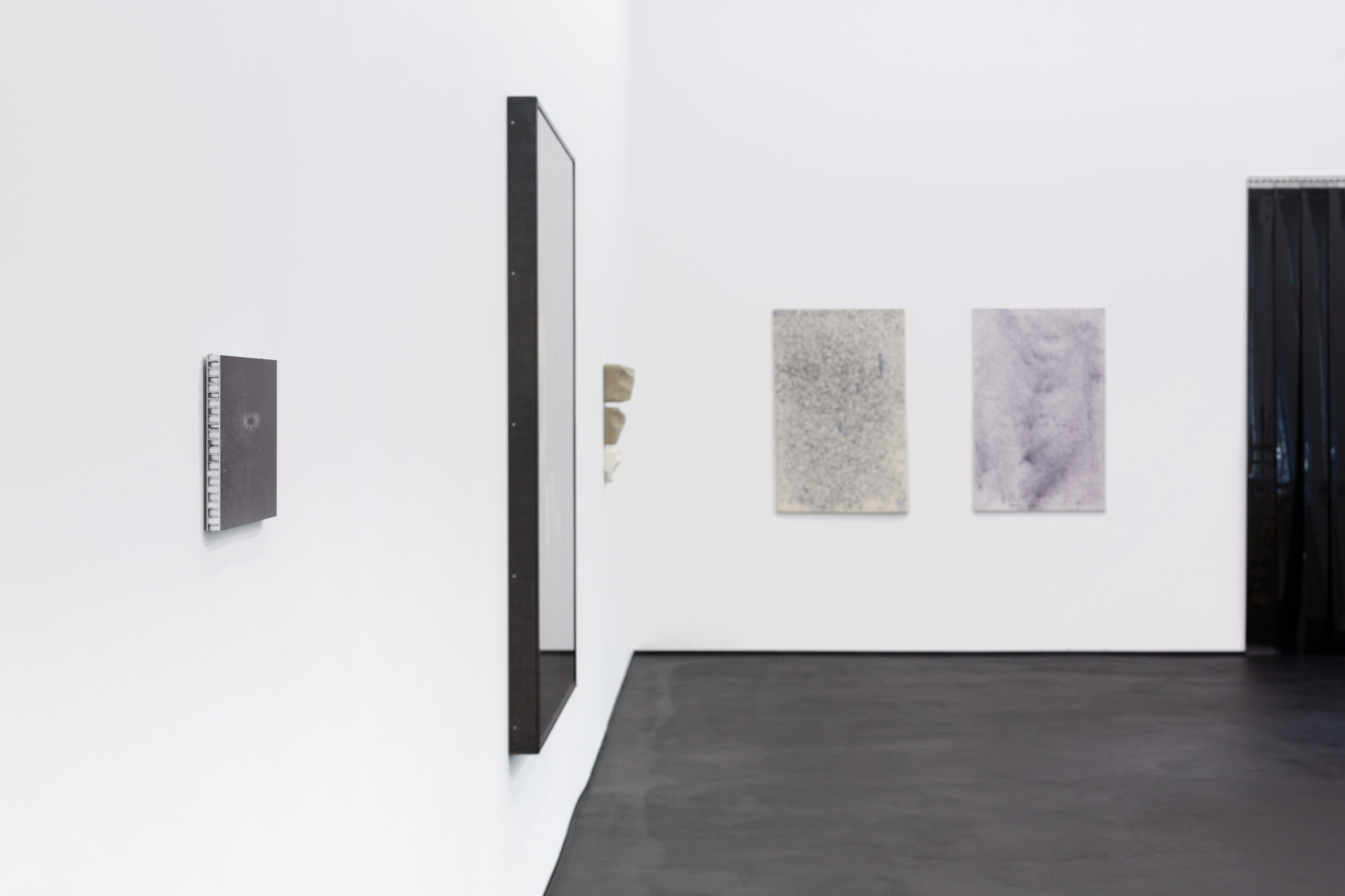

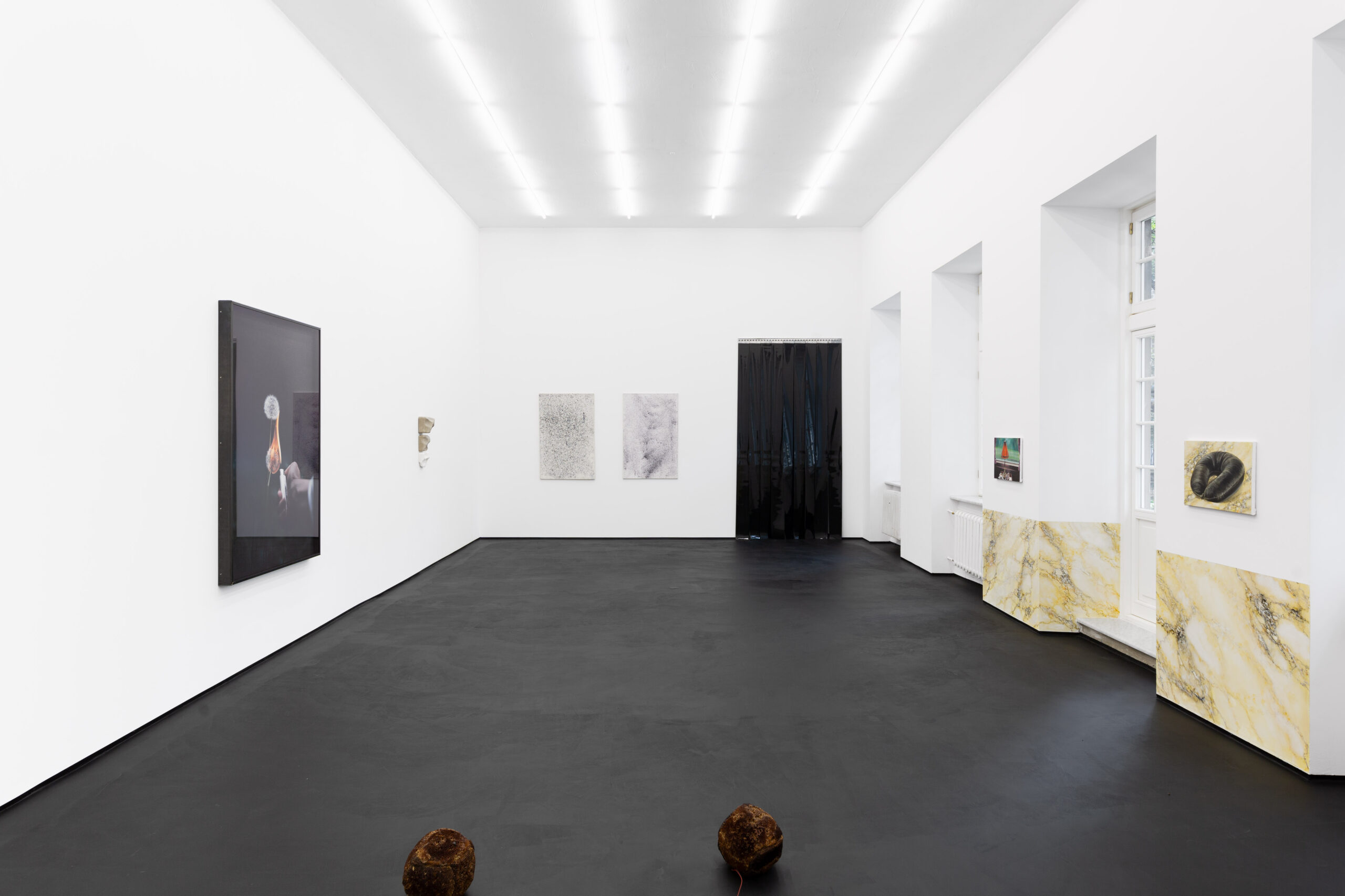


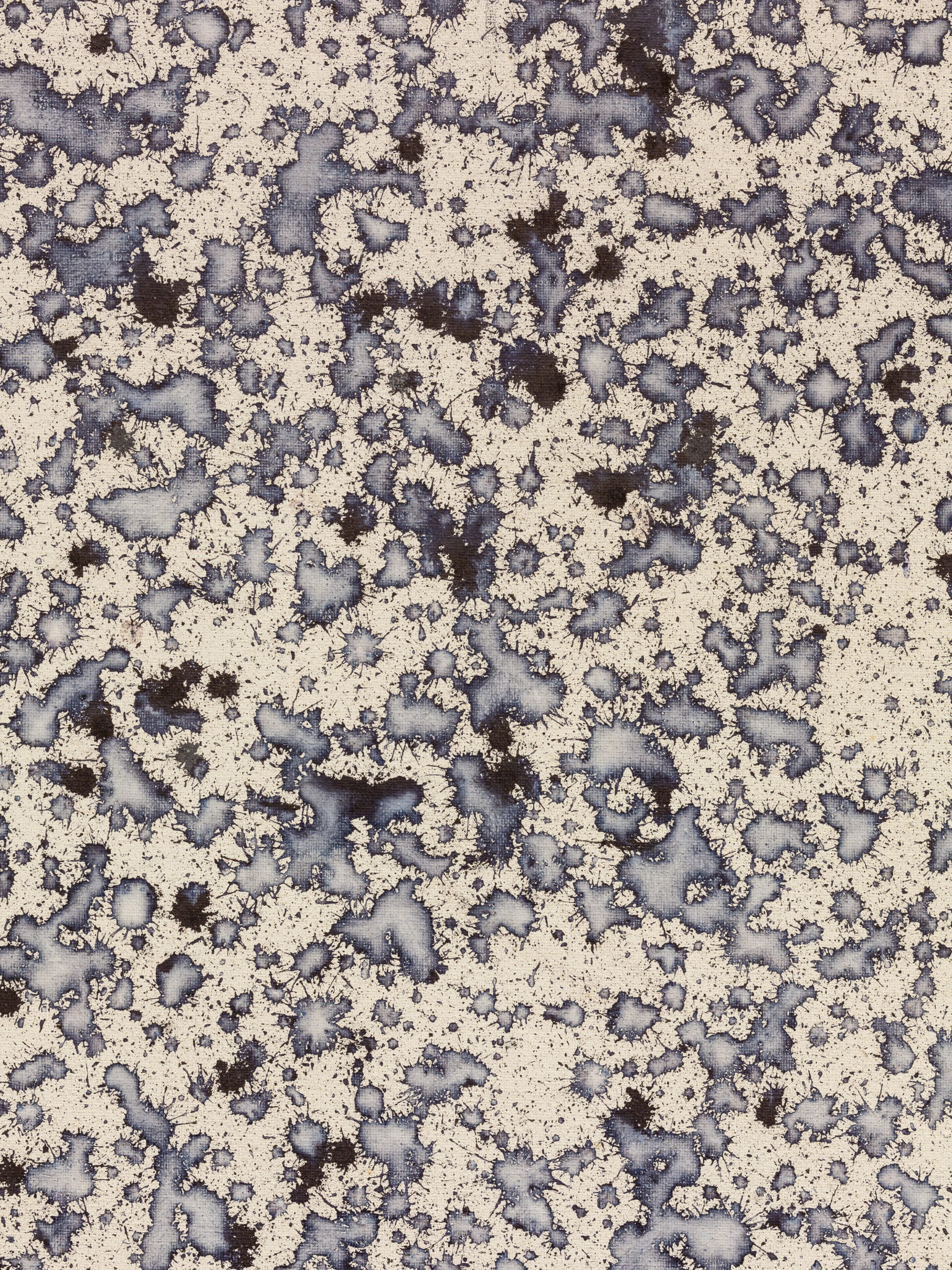
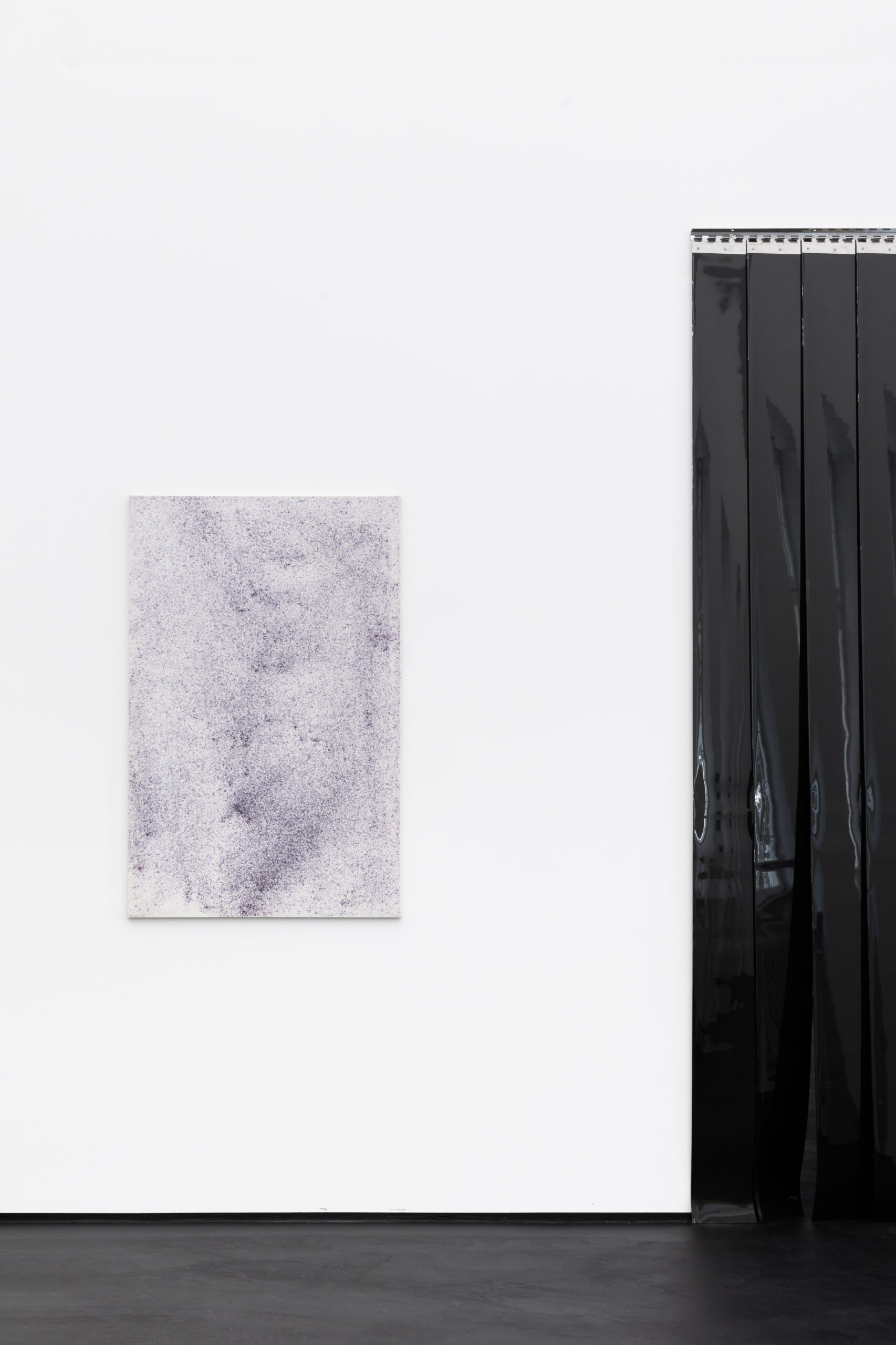

Aga Beaupré
Born in 1991 in Cracow, Poland. Multidisciplinary artist, graduated from the Royal College of Art in London in 2017. She gained her experience in theatre and moving image working with artists Jacqueline Sobiszewski, Małgorzata Szczęśniak and Tai Shani. In 2017 she was a finalist of the Startpoint Prize and exhibited in the National Gallery in Prague. Beaupré’s work is a synthesis of theatre, set and film. Merged into one entity, these elements enable the artist to create often grim and unfamiliar environments. The characters inhabiting them seem to be trapped in the world with ‘no outside’. While their indefinitely looped actions celebrate the lack of solution, the camera becomes an unobtrusive but persistent spectator. As the fictional habitatsbecome settings for a pre-planned situations – the film itself is not a final product but rather a side effect. Frequently exhibited as installations, her films leak into the physical realm while dragging the viewer into the narrative of the work. Each of her video works has been written, designed and directed by her. She lives and works in Warsaw.
Ramona Güntert
Born in 1989 in Büsingen, Germany. Her practice looks at forms and shapes within nature which are mimicked by bodies of human and animals. She then uses the medium of photography, challenging its existence in print and exploring different material conditions. Her work is constantly transforming and adapting to different spaces, just like camouflage, which emphasises a relationship between the body and its environment but also attempts to question what lies in-between these spaces. Recent exhibitions include Hyperspace with Irruptive Choraat Iklectik, Preconscious Landscape at Ainalaiynspace (2023), and then it breaks at Equivalentbehaviour (2022), What on Earth at Koppel Project, can we dance again at SW Darkroom (2021), Chapters at Sankt Studio Berlin, Peckham 24, The Same Tendency at Summerhall Edinburgh (2020), and COOP at Unseen Amsterdam (2018). She participated in Fotomuseum Winterthur Plat(t)form (2019) and Parallel Platform (2018), showcasing across Europe at events like Format Festival Derby and Triennale at Deichtorhallen Hamburg. Her work has appeared in Linseed, Der Greif, Tjejland, and Photomonitor, and she was nominated for the Magnum Graduate Award (2017). Güntert has also taken part in international residencies at Aldama Fabre Gallery with Material Driven and Bilbao Arte (2023), Kaunas Gallery (2021), and LAPC at Guest Projects and the old CSM building with Koppel Project. She lives and works in London.
Born in 1933 in Breslau, Germany (now: Wrocław, Poland), deceased in 2023 in Berlin, Germany. Raspé explored and upended structures of perception in an oeuvre that spanned five decades and encompasses film, performance, photography, sound works, and large-scale installation. In her acclaimed and radically self-reflexive ‘camera helmet’ films from the 1970s and 80s, Raspé captured the central perspective of her own gaze doing housework and other routine tasks. Always using lived reality as a starting point, later works comprise ephemeral responses to their own environments, addressing issues of ecology and sustainability, spirituality and healing, while maintaining a primary concern with perception. Raspé’s films attracted international attention early on and were shown at the Anthology Film Archives, New York, and the Hayward Gallery, London, among others. Raspé's house and garden in Berlin-Zehlendorf served as a place for artistic and social exchange, as well as numerous outdoor exhibitions, primarily with the Vienna Actionists, Wiener Gruppe, and members of the Berlin fluxus scene. Her work was the subject of a highly-lauded and long-overdue retrospective exhibition at Haus am Waldsee, Berlin and Badischer Kunstverein, Karlsruhe in 2023. Her films are held in the collection of the Deutsche Kinemathek, Berlin.
Scott Young
Born in Seattle, USA. Interested in the strange and uncanny relationships we project on objects and images. His paintings are a contemporary re-envisioning of still life and vanitas paintings, where objects and motifs with contentious social significance are carefully placed into coded dialogues. His work often employs imitation marble or wood painting techniques, alluding to artificialities in our extractive relationship between nature and culture. Young earned his BA in Philosophy & Aesthetics from The Evergreen State College in 2006 and graduated from the MFA program at Goldsmiths University of London in 2022. During his masters, Young took a six-month hiatus to study traditional decorative wood and marble painting techniques at Van der Kelen Logelain in Brussels in 2021. His notable solo shows include Decoy at Duarte Sequeria, Seoul (2024), Planned Obsolescence at NADA Miami (2023), Storage Solutions at V.O Curations, London (2023), and Home Wrecker (Citrus of Sadness) at Des Bains, London (2022). He's also participated in group exhibitions at venues like Hannah Barry Gallery and Galerie Mitterrand. Young has held residencies at V.O Curations and Superfluous in London. He lives and works in London.
Ada Zielińska
Born in 1989 in Pruszków, Poland. Working with photography, video, and installation, her focus is on destruction as a catalyst for rebirth, using her art for self-therapy. She explores the aesthetics and emotional impact of catastrophic events, both real and staged, through a post-photography lens, aiming to immerse her audience in photogenic environments. Cars and automotive parts frequently appear in the work, as were as other desirable objects, which are deliberately subjected to all kinds of abuse and forms of destruction – set on fire, melted or drowned – to test its endurance while creating the perfect catastrophic photo set. Zielińska’s recent focus is on the poetic possibilities of short video forms. Her solo exhibitions include Blind Spot at Propaganda gallery in Warsaw (2023), Frutti di Mare at the Museum of Modern Art in Wroclaw (2022), A la Carte at Galerie du 13 in Paris (2022), Where is the Money? at Kraków Photomonth (2021), and Fondue at Spectra Art Space in Warsaw (2019). Notable group exhibitions include Blue Light at Likovni salon Gallery in Celje, Slovenia (2024), From the Ashes and Street Fight | Warsaw Under Construction 14 at the Museum of Modern Art in Warsaw (2024), Palm* Photo Prize 2021 at East Photography Gallery in London, Change the Setting at Zachęta National Gallery of Art in Warsaw (2020), and Eating Pineapples on the Moon at Riga Photomonth (2019). She lives and works in Warsaw.
Natalia Grabowska
Curator and researcher specializing in site-responsive projects that examine how built environments influence behaviors and emotional responses. She is Curator at Large of Architecture and Site-specific Projects at Serpentine, London and also works with artist Alvaro Barrington on his artistic, architectural and community projects. She curated solo and group exhibitions and architectural projects at Serpentine, including Pierre Huyghe: UUmwelt (2018), Formafantasma: Cambio (2020), Jennifer Packer: The Eye Is Not Satisfied With Seeing (2020–2021), Serpentine Pavilion 2022: Black Chapel designed by Theaster Gates and most recently Barbara Kruger: Thinking of You, I Mean Me, I Mean You (2024). In 2023 and 2024, Grabowska contributed to the Prada Frames symposium in Milan, curated by Formafantasma.
She has worked at international venues such as V.O Curations, Lisson Gallery, and Sprüth Magers in London, and Artists Space in New York. Grabowska has been involved in curating site-specific exhibitions and biennales like Everything at Once (2017) by Lisson Gallery, The Vinyl Factory and Krakow Photomonth (2011). She has led research and edited numerous exhibition catalogues and artist’s books, including War Primer 2 (2011) by Adam Broomberg and Oliver Chanarin and Artist | Work | Lisson (2017). Grabowska holds an MA in Contemporary Art Theory from Goldsmiths, a BA in Photography from London College of Communication, and has studied Human Rights and Visual Culture at Columbia University. She lives and works in London.